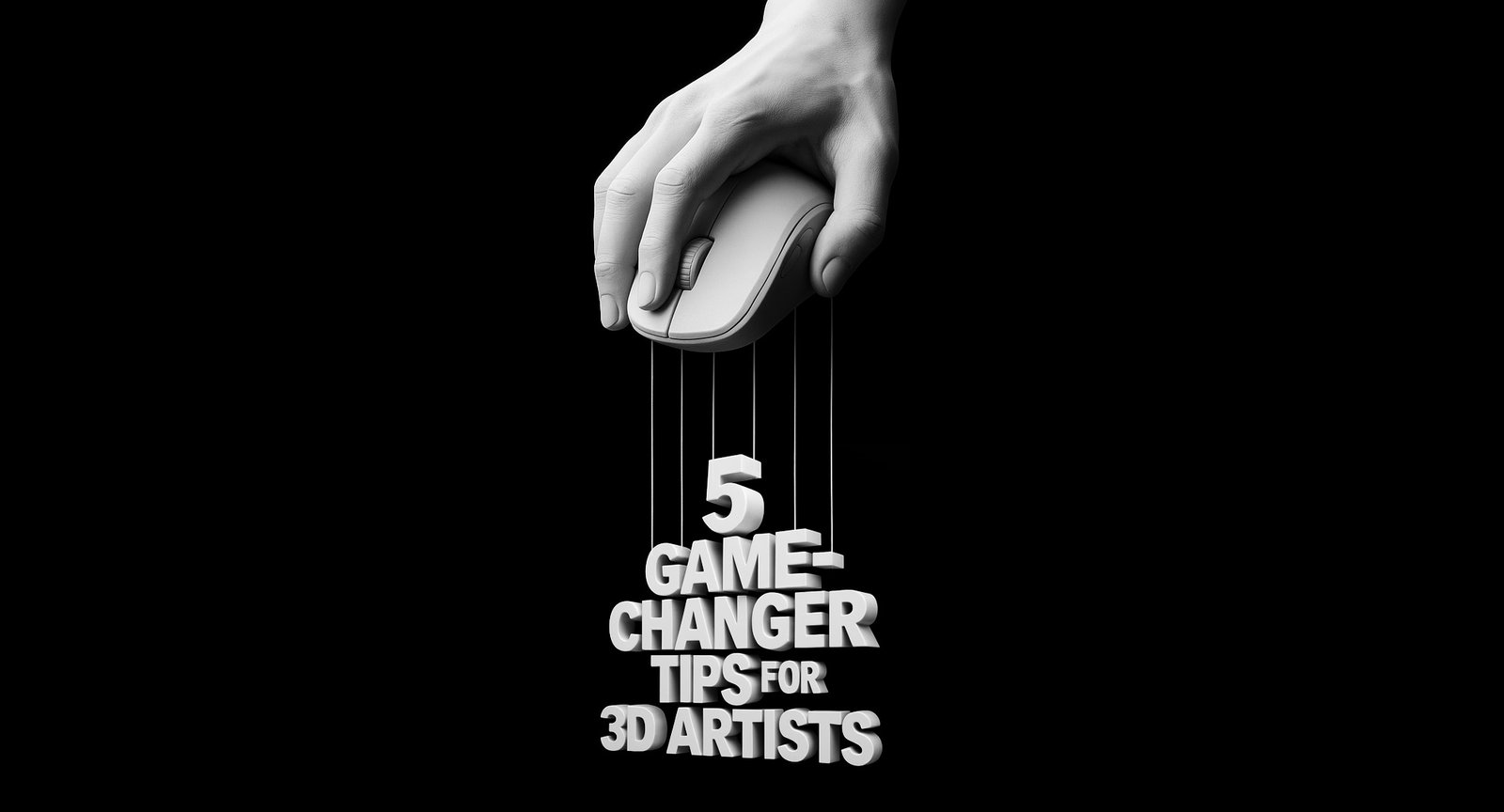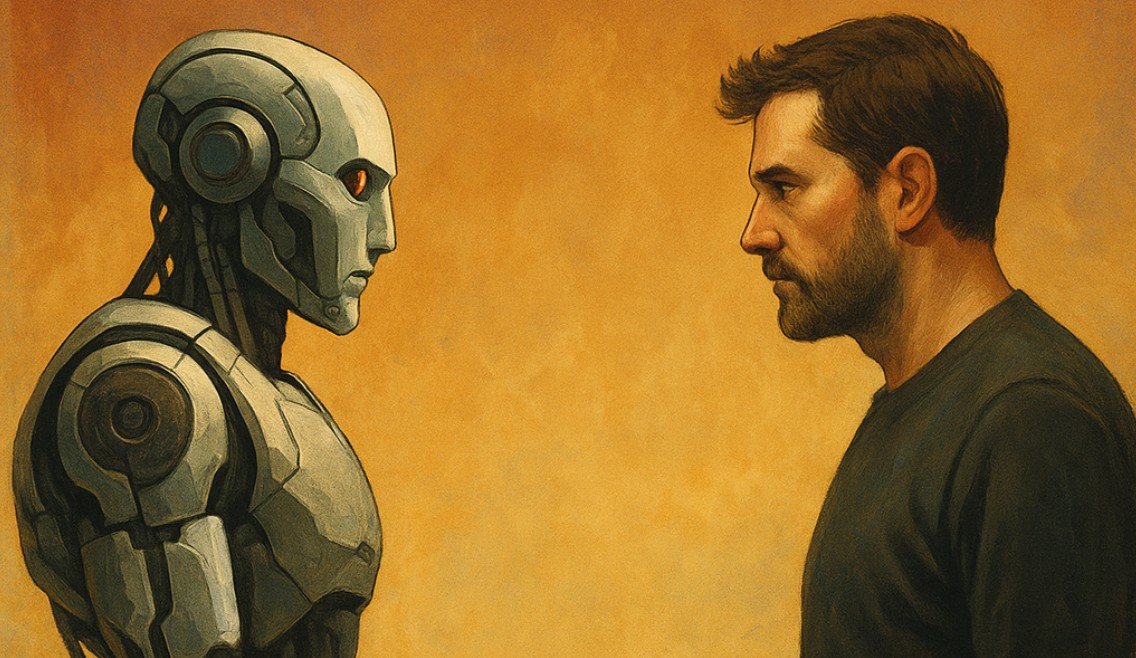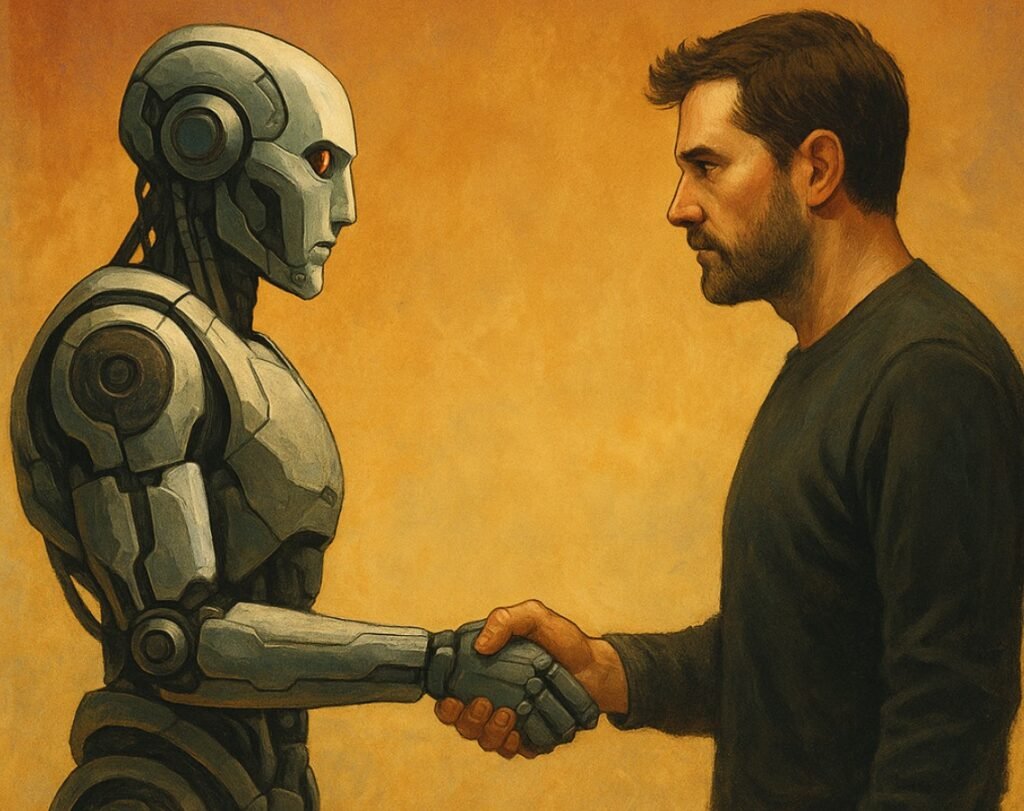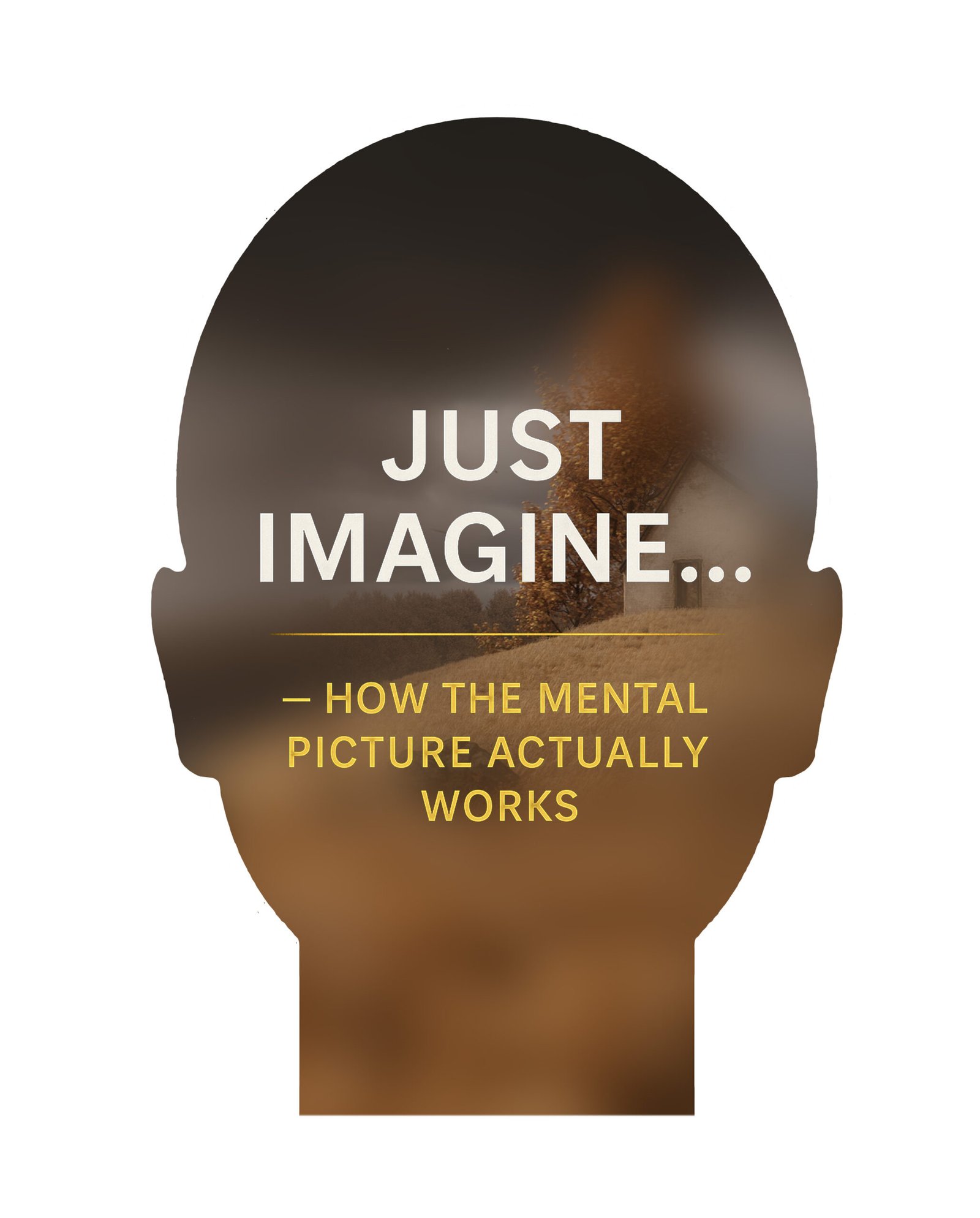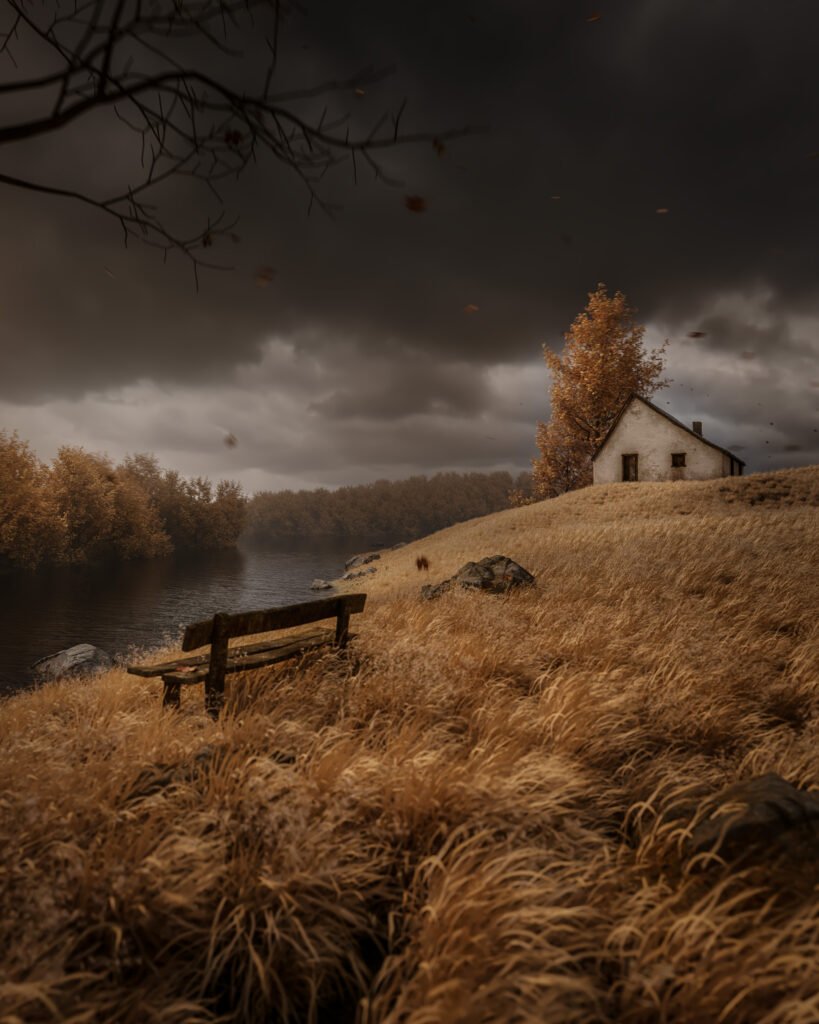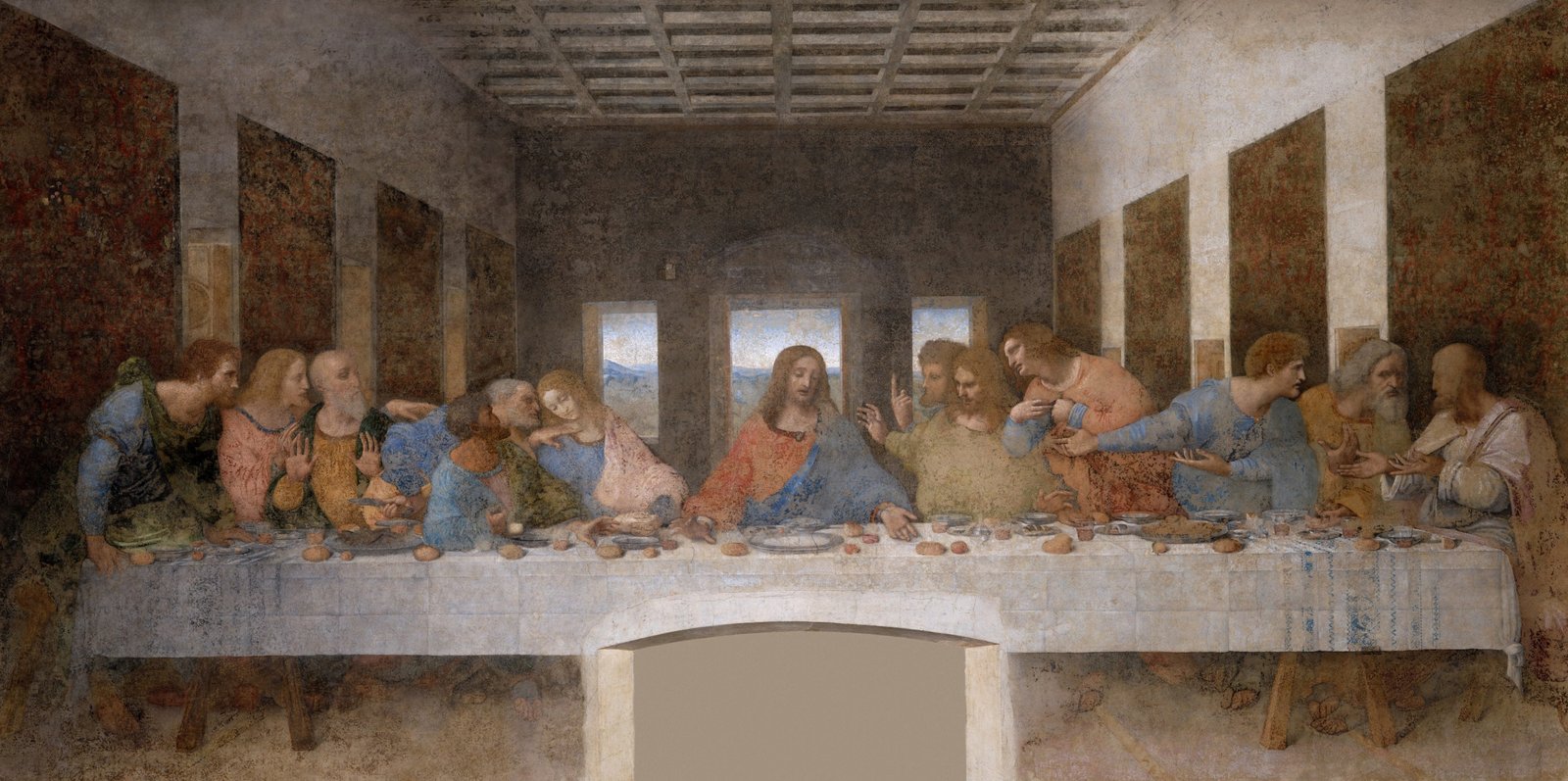I love storytelling.
But, I’ll try to cut the BS and go straight to the point.
These 5 habits changed how I work, think, and create in 3D. They’ll save you hundreds of hours — and probably a few mental breakdowns.
- Number One
Keep it simple.
3D life is already super complicated.
Project structures, inputs, 3d files, more inputs, textures/maps, renders, layers, inputs, model libraries, hdri libraries, dirt maps, bump maps, alpha maps, .jpg this, .tif that, resolutions, render passes, a bit more inputs, lighting, shading, materials, and zillion other things.
So, whenever and wherever you can keep it simple – just keep it.
File names, texture names, folder structure, lighting, shading, layer organization – as much as you can – keep it clean and simple.
It will give you much more control, and the ability to quickly change things, it will fasten your workflow (by the time), and, in the end – it will keep your mind clean as much as possible.
simple structure = clear mind = better art
- Number Two
Be the CEO of your projects.
If you force yourself to be organized, you will have benefits for a lifetime. When you use-to be organized – you will never go back to the chaos. I know… we are all chaos, but you must force that instinct and go through it.
It will make your life easier. It will make you more relaxed. It will make you more in control. In that way, you will always know where is what. You can go back to a project that you worked on a couple of years ago (or decades ago), and know exactly where to look for what.
If you organize your projects properly, then you can focus on details, quality, better relationships with clients, and better artwork in general.
Things you have to organize:
- Project folder and file structure
- Assets – 3d models and textures (everything by categories)
- Proper file naming and dating
- Layer structure inside 3d scenes
- Object and material naming inside scenes (I know… this is a pain, but try to do it as much as possible)
- Render archive – proper naming and folder structure (again)
organization = efficiency = better art
- Number Three
Work as a painter.
Especially at the beginning of a career, people tend to work by some rules. And that’s good.
However, a rigid workflow can cause you numerous problems, both in terms of art quality and efficiency.
When working on a project – we tend to make all in realistic scenarios – we place lights where they should be by physical rules, we make materials according to physics, etc. But that is very limiting.
As the artist, you should have the control. Imagine shots in your mind and make it real.
If you feel you need some extra light on some detail – just add it.
If you feel the water is too dark, then light it up!
Do not be rigid. Even if the client needs a super-realistic case – that’s up to you to make it from the “best-case scenario”.
If you have a reference for some color, and you do not feel it works, just shift it a bit. And the client will be happy too.
Now you are in control. You are not just a “tool”. You are the creator.
The best photographers work this way too. Adding lights, changing colors in post-production, get rid of something that irritates them (even if it’s there in real space). Believe me, no one will spot those things, but everyone will spot stoning images.
Relax and work as a painter. Add lights, change colors, and do anything that will make that artwork better – make your artwork yours.
think as a painter = work as a painter = better art
- Number Four
Keep mind and eyes fresh.
Very often, when I work on something, at some point after hours of work, I think – this is it! This is the final! Man, I finally nailed it. Now I can go to sleep.
But the next morning… I open the render and my enthusiasm goes from 100 to -100. “What the f… is this s…??” Oh man, that hurts.
But – get used to it. It’s a completely normal thing.
Your brain and your eyes get tired of watching the same thing for hours and you lose your sense.
There are a few tips for this, but the only proper one is to get rest. Do not look at a damn thing for a couple of hours/days/weeks/months. Even years (if you are making your Mona Lisa).
I’ve heard the saying “art fatigue”. That’s literally it. Watching art and working on some artwork is a hard intellectual thing.
So, relax and keep your mind and eyes fresh as much as you can. That’s your biggest resource.
fresh mind and eyes = fresh artwork = better art
- Number Five
Make a to-do list.
I love to-do lists.
The to-do list is the most powerful thing in the organization. And it’s free.
All you need is a piece of paper and pencil. Or phone. Or text editor on pc, or, in my case – notion (software).
Earlier, I keep everything in my head. And I thought I was good at that. And I was. But man, making a list is the another level.
Another benefit from to-do list is this: it makes you get the things done.
Especially when you mix it with the timer. (I’ll talk about this more in detail for sure – but not right now)
Now I make a to-do list for everything.
- Client comments (every time – this is so good – just try)
- Project plan
- How to clean a workspace
- Render list (if you working on a big amount of renders)
- Daily diets
- Grocery store list
- Making how-to lists
- And whatever you can put on some list
I recommend you, for a beginning, to have some physical notebook with lines, and after you use to it – go digital.
For clients and especially for yourself. For your projects. Try to work this way.
For your projects: take a good look at your artwork, see what you want to change, and make a list. This is the game-changer.
I still use a physical notebook, especially for client comments and for starting some new projects – because it’s so flexible. And for other stuff, I use notion.
to-do list = better project/shot view = better art
For today – that’s enough.
Until next time,
Stefan
P.S. These are huge topics. And I will go into detail for each. So, subscribe to my newsletter and don’t miss it.

